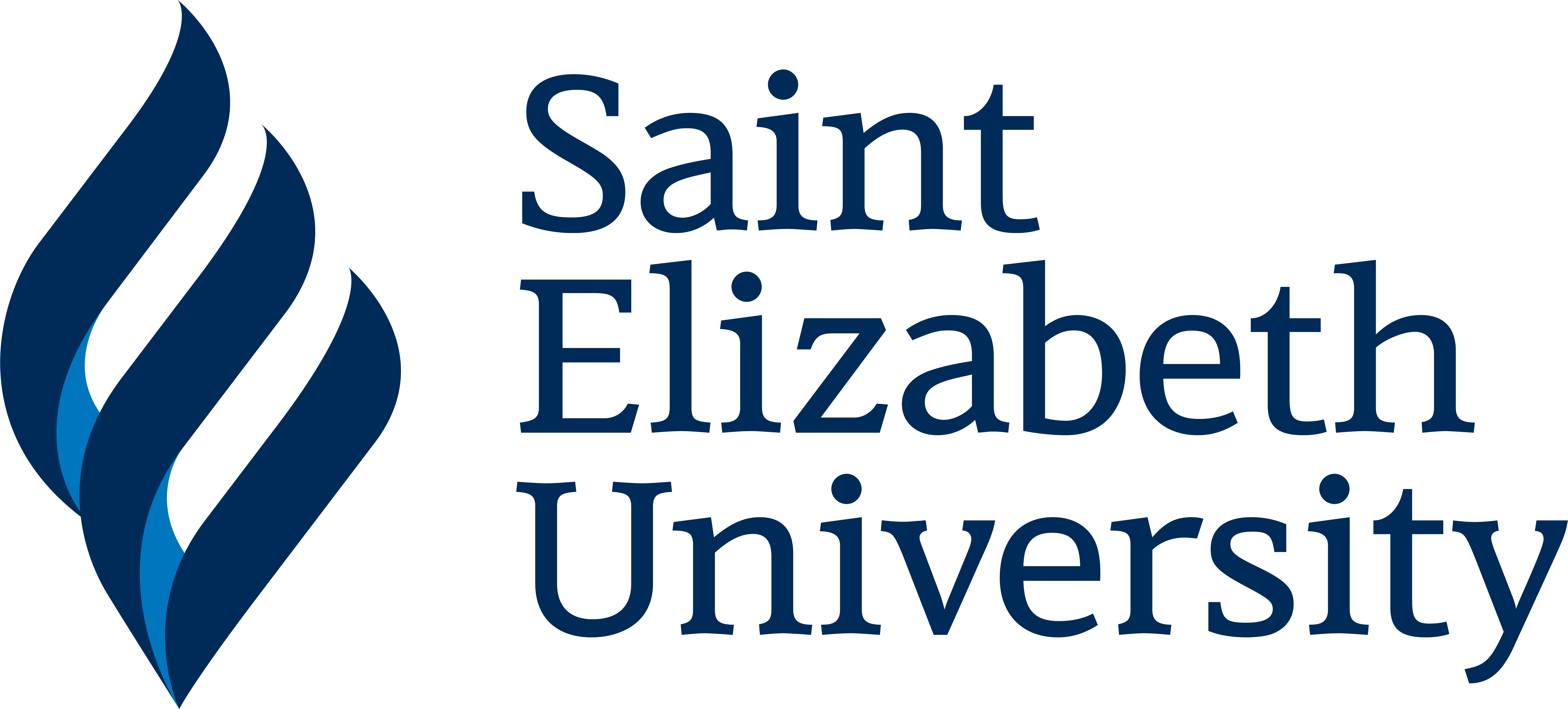Separate trust
A charitable remainder unitrust is a separate tax-exempt trust governed by a trust agreement. You choose the trustee who is responsible for administering the unitrust and guiding the investment of your gift assets.
Irrevocable gift
A charitable remainder unitrust is an irrevocable arrangement. Once you transfer assets to the trust, you cannot change your mind and get the assets back. This requirement assures that whatever value remains in your unitrust when it ends will go to support SEU.
Payments vary with value of unitrust
Each year, your unitrust is revalued and will distribute a fixed percentage of its current value. If the value of your unitrust goes up from one year to the next, the payments will increase proportionally. Likewise, if the value of your unitrust goes down, the payment amount will also go down.
You choose the payment percentage
You choose the percentage of its value that your unitrust must pay each year to its income beneficiaries. The payment percentage must be at least 5% and no more than 50% but the payout must generate an income tax charitable deduction of at least 10% of the gift principal. It may be to your advantage to choose a relatively low payment percentage so that assets of your unitrust have the best chance to grow. If the value of your unitrust grows, so will its payments. A payment rate of 5% to 6% is typical. Payments are usually made in annual, semiannual, or quarterly installments.
Payment flexibility
You can include special payment provisions in your unitrust that make it a good way to give debt free real estate or other assets that may take time to sell. In this situation, you can limit payments from your unitrust to its net income or its unitrust percentage, whichever is less. This way, your trustee can take whatever time is necessary to sell your assets at a fair price. If your net income from your unitrust is less than its unitrust percentage during this time, then it will distribute its net income only. This "net income" limitation can last for the entire term of your unitrust or just until a specific event occurs, such as the sale of your gift asset.
Who can receive payments?
You decide who will receive the payments from your unitrust. Usually, this will be you, or you and your spouse. You can, however, select any other people to receive the payments. For example, you may wish to provide income for parents, a sibling, or children.
Term flexibility
While most unitrusts last for one or two lives, other terms are possible. A unitrust can last for more than two lives, for a specific length of time of up to 20 years, or for a combination of lives and years.
Tax benefits
- Earn income tax charitable deduction.
- Avoid capital gains tax.
- May reduce estate taxes and probate costs.
You will receive an income tax charitable deduction in the year of your gift. If you cannot use the entire deduction in the year of the gift, you may carry forward your unused deduction for up to five additional years. If you give appreciated securities to fund your unitrust, you will not pay any capital gains tax when you make your gift.
In addition, because a unitrust is a tax-exempt trust, it will not pay any capital gains tax when it sells these assets. This means that your trustee will be able to reinvest the full value of the assets you donate. By removing the gift assets from your estate, you may also reduce estate taxes if your estate exceeds the then applicable estate tax credit. You may also reduce probate costs when your estate is settled. The amount of these savings will depend on the size of your estate and on estate tax law in force at the time your estate is settled.
Taxation of payments
The taxation of unitrust payments depends on the past distributions and investment performance of the unitrust. Your unitrust income will typically be taxed mostly or completely as ordinary income, but it is possible that a portion could be taxed at a lower capital gains tax rate or even tax free, in some years.
Add funds anytime
You can make additional gifts to your unitrust anytime. Additions earn an additional income tax charitable deduction that may save you income taxes if you itemize your deductions. You will also increase future payments without the effort and expense of creating a new unitrust.
Assets to consider giving
The following assets make excellent sources for funding your charitable remainder unitrust:
- Cash that you currently have in a savings account, bank CD, money market fund, or other safe but low-yielding investment.
- Securities, especially highly appreciated securities.
It is also possible to create a unitrust using real estate that is debt free or other assets that may take time to sell.
Cecelia Saunders is 76-years-old and her husband Simon is 75. Many of the stocks in their portfolio have appreciated substantially in value over the many years the Saunderss have owned them. They are enthusiastic about making a major gift to support Saint Elizabeth University, but they also would welcome a way to receive greater income from their investments without paying a big capital gains tax.
After consulting with their advisor, the Saunderss find that a 5% charitable remainder unitrust funded with $500,000 in assets will meet their needs perfectly. They fund their unitrust with $400,000 in stocks plus $100,000 from a money market fund. They paid a total of $75,000 for the stocks, which currently produce about 2% in dividends each year. Their money market fund has been earning about 2% interest annually.
Benefits
- The Saunderss will receive $25,000 in payments in the first year of their unitrust, significantly increasing the income they had been receiving from these assets. If the income and appreciation of the trust investments, net of costs, and fees total 7% annually, their payments will grow to more than $33,647/year* in 16 years.
- The Saunderss will receive an immediate income tax charitable deduction of about $240,355.**
- The Saunderss' trustee will be able to sell the stock immediately in order to diversify their unitrust investments without paying any capital gains tax.
- Assuming its investments earn a 7% net annual return, more than $686,393* will be left in the Saunderss' unitrust to support Saint Elizabeth University when their unitrust terminates.
*The future payment amounts and principal amount remaining for the Saint Elizabeth University will be lower if the Saunderss' unitrust earns less than 7% annually.
**The Saunderss' income tax charitable deduction will vary slightly depending on the timing of their gift.

